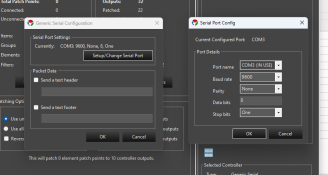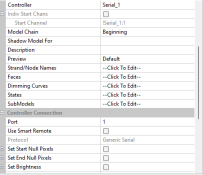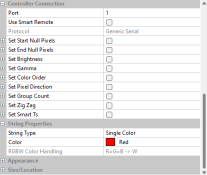Bonjour, j'ai actuellement une configuration qui fonctionne avec un logiciel arduino mega et vixen. Ceci est utilisé uniquement pour allumer ou éteindre les lumières. Je voudrais passer cette configuration à Xlight au lieu de Vixen. Pouvez-vous s'il vous plaît m'aider car je n'arrive pas à comprendre. Merci.
Translation:
Hello, I currently have a setup that works with arduino mega and vixen software. This is only used to turn lights on or off. I would like to switch this configuration to Xlight instead of Vixen. Can you please help me as I can't figure it out. THANKS.
Translation:
Hello, I currently have a setup that works with arduino mega and vixen software. This is only used to turn lights on or off. I would like to switch this configuration to Xlight instead of Vixen. Can you please help me as I can't figure it out. THANKS.






